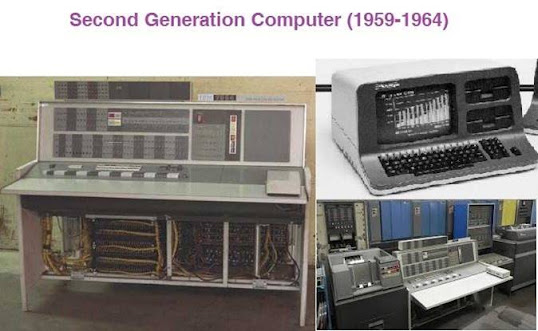Generation of Computers
First Generation Computer
First Generation:
1946-1959 is the period of first-generation computer.
J.P. Eckert and J.W. Mauchy invented the first successful electronic computer called ENIAC, ENIAC stands for “Electronic Numeric Integrated and Calculator”.
Few Examples are:
ENIAC
EDVAC
UNIVAC
IBM-701
IBM-650
Advantages:
Disadvantages:
Second Generation:
1959-1965 is the period of second-generation computer.
Second generation computers were based on Transistor instead of vacuum tubes.
Few Examples are:
Honeywell 400
IBM 7094
CDC 1604
CDC 3600
UNIVAC 1108
Advantages:
Disadvantages:
Third Generation Computer
Third Generation:
1965-1971 is the period of third generation computer.
These computers were based on Integrated circuits.
IC was invented by Robert Noyce and Jack Kilby In 1958-1959.
IC was a single component containing number of transistors.
Few Examples are:
PDP-8
PDP-11
ICL 2900
IBM 360
IBM 370
Advantages:
Disadvantages:
Fourth Generation Computer
Fourth Generation:
1971-1980 is the period of fourth generation computer.
This technology is based on Microprocessor.
A microprocessor is used in a computer for any logical and arithmetic function to be performed in any program. Graphics User Interface (GUI) technology was exploited to offer more comfort to users.
Few Examples are:
IBM 4341
DEC 10
STAR 1000
PUP 11
Advantages:
Disadvantages:
Fifth Generation Computer
Fifth Generation:
The period of the fifth generation in 1980-onwards.
This generation is based on artificial intelligence.
The aim of the fifth generation is to make a device which could respond to natural language input and are capable of learning and self-organization.
This generation is based on ULSI (Ultra Large-Scale Integration) technology resulting in the production of microprocessor chips having ten million electronic components.
Few Examples are:
Desktop
Laptop







Comments
Post a Comment